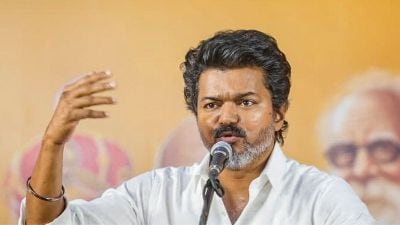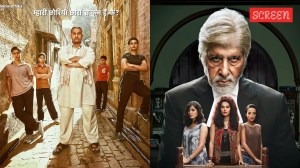Truth stings
What’s the difference between a story and blackmail? Only the former is done by journalists

Proponents of sting operations would argue that the accumulating proof of the extent of frame-up in the recent story on a Delhi schoolteacher must not be used as an argument against the use of secret cameras. They may have a point there. The Live India ‘sting’ seeking to show the teacher as actively forcing students into prostitution had sparked off violence on the Capital’s streets. It turned out that the ‘student’ making the allegations was in fact an aspiring journalist. The matter is now in court, and the motivations behind the story will probably be uncovered. But by all appearances, the story was more a fraudulent construct than what we call a sting operation. But that very fraud must serve as an occasion to examine the propriety of the method of sting operations as such.
Sting operations draw upon undercover methods used by law enforcement personnel. It is routine in many countries for law enforcement agencies to use their own personnel or to take assistance of citizens to catch offenders — whether it be bribe-seekers or molesters. There are, even here, issues of deception and entrapment — but these are sought to be overridden in terms of the larger public good. Sting operations used by journalists on their own amplify these issues. The tools of this trade are few: a camera (in these times of the telephone camera, it sometimes doesn’t even have to be secretly installed) and an invitation to the offender-to-be to do something wrong. It is the manner in which that invitation is made that separates the ethical sting from possible frame-up, blackmail or invasion of privacy.
How is that separation to be determined? By journalistically owning the methodology of the sting operation. That is, by using the archetypal reporter’s skill and inventiveness to unearth or expose wrongdoing while making very sure that no rules of journalism or articles of law have been breached in getting the scoop. The sting operation is a good arena for journalists to count the basics of their profession. Because technology is bringing the tools of their trade within everybody’s reach — with the Internet, every individual can be a publisher and broadcaster. For journalism to mean something, its professionals will have to prove themselves through rigour and ethical rules.






- 01
- 02
- 03
- 04
- 05

























